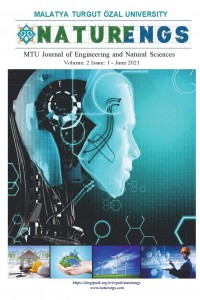Abstract
References
- Reference1: Prof. Dr. Ayşe EDİNÇLİLER, Boğaziçi University Kandilli Observatory, Earthquake Engineering Department
Abstract
Seismic isolation is a method of protecting a building from earthquake-induced deformations by using isolators and devices under the superstructure. The purpose of the seismic isolation method is to reduce the earthquake forces transferred from the ground to the structure by placing energy-absorbing elements between the foundation and superstructure. Especially in developing countries, the "Geotechnical Seismic Isolation (GSI)" system has been proposed as a new isolation method to reduce earthquake-induced damages on buildings. In this study, it is aimed to reduce the effects of earthquakes in a multi-story building with an isolation layer formed with a mixture of rubber-sand (RSM). For this purpose, a 10-story reinforced concrete building was modeled numerically. A seismic energy absorbent RSM layer was placed beneath the foundation of the building. Geosynthetic layers are used to prevent the contact of the RSM layer with the natural soil. The developed model was tested under real earthquake motions with varying amplitudes. The performance of the developed RSM layer has been evaluated in terms of reducing the earthquake effects on the analyzed building model. The analysis was carried out with the dynamic module of the PLAXIS 2D finite element program.
References
- Reference1: Prof. Dr. Ayşe EDİNÇLİLER, Boğaziçi University Kandilli Observatory, Earthquake Engineering Department
Details
| Primary Language | English |
|---|---|
| Journal Section | Research Articles |
| Authors | |
| Publication Date | June 1, 2021 |
| Submission Date | February 1, 2021 |
| Acceptance Date | April 4, 2021 |
| Published in Issue | Year 2021 Volume: 2 Issue: 1 |


